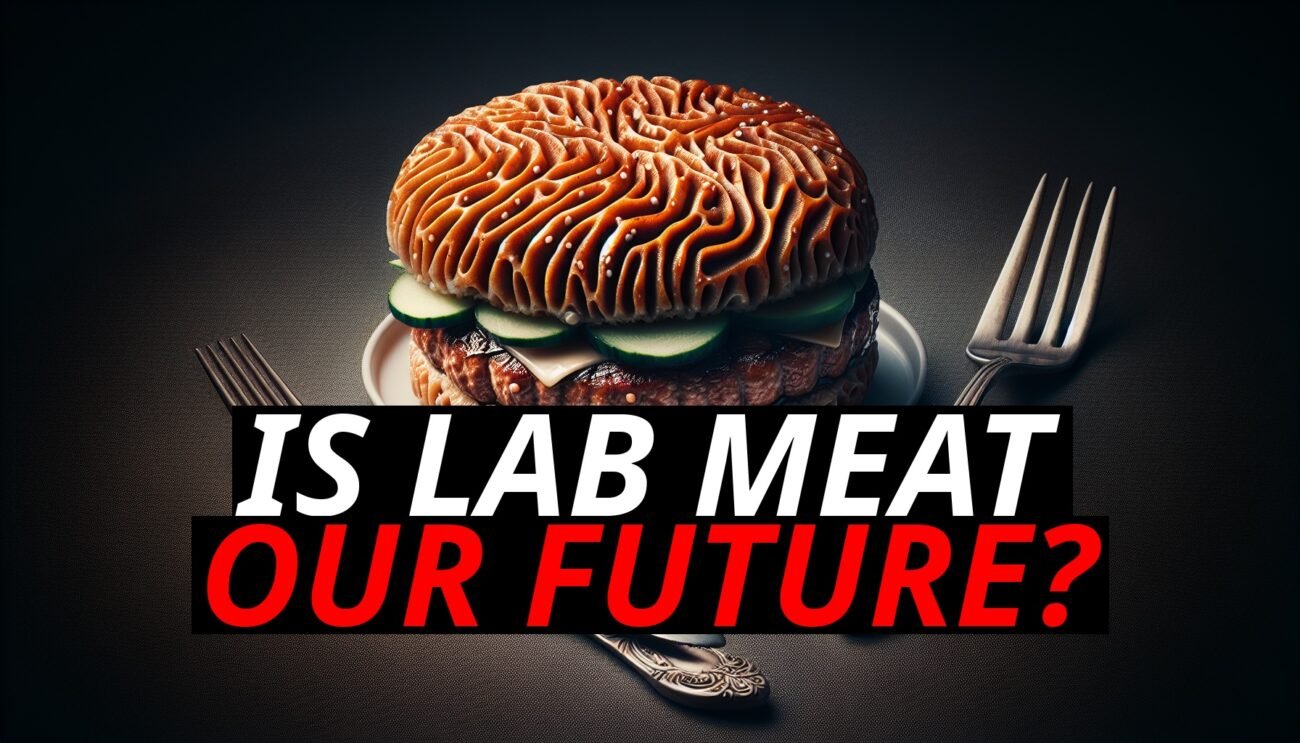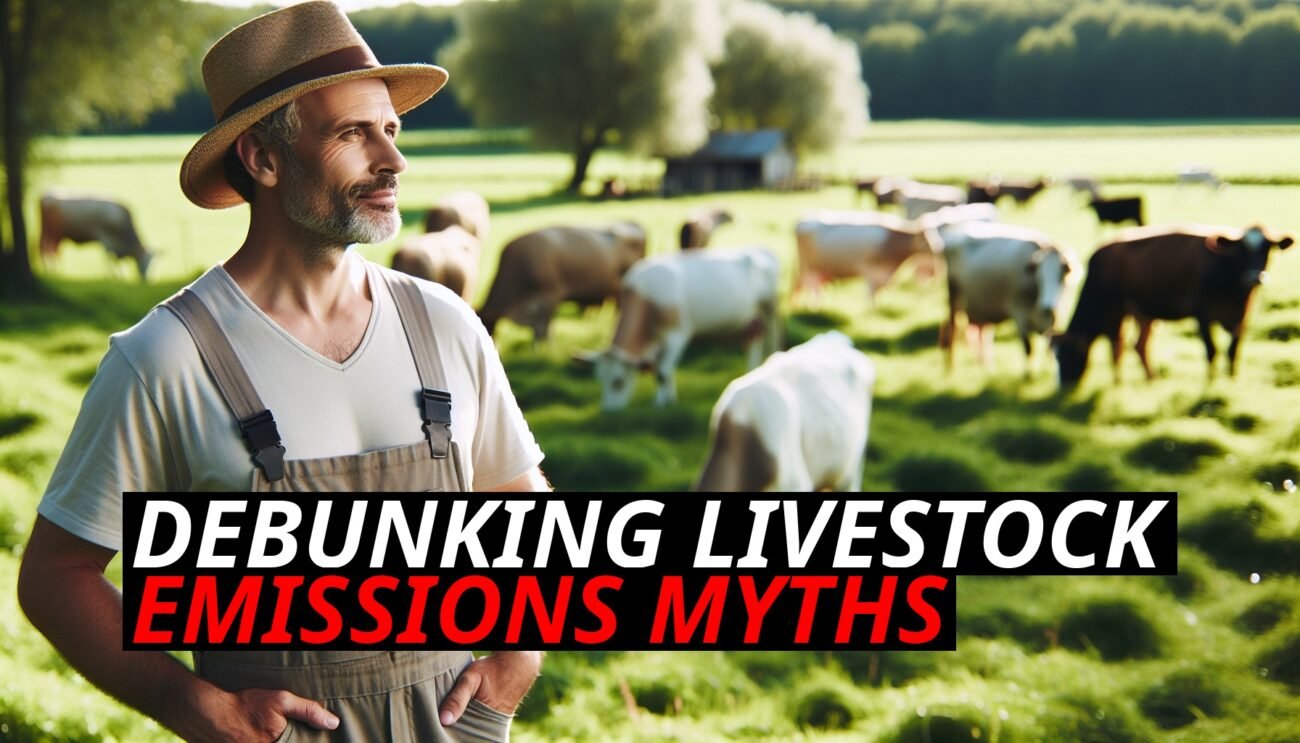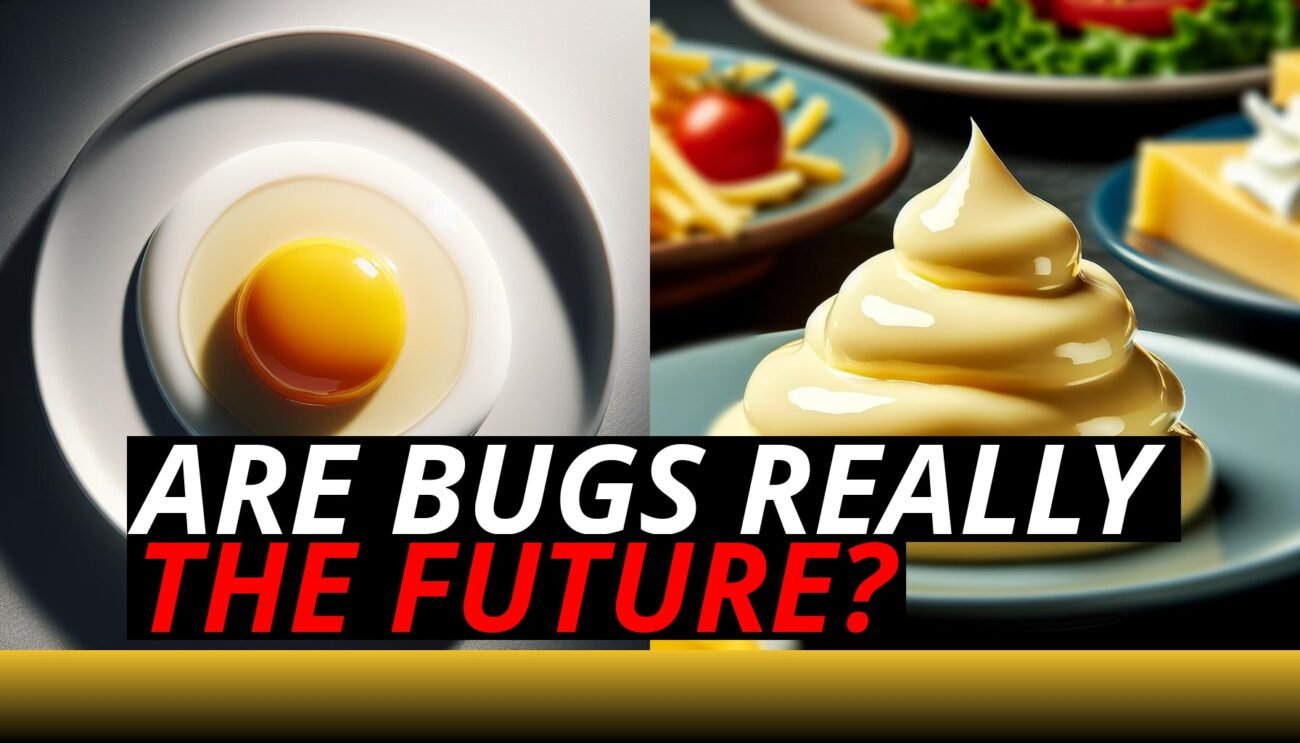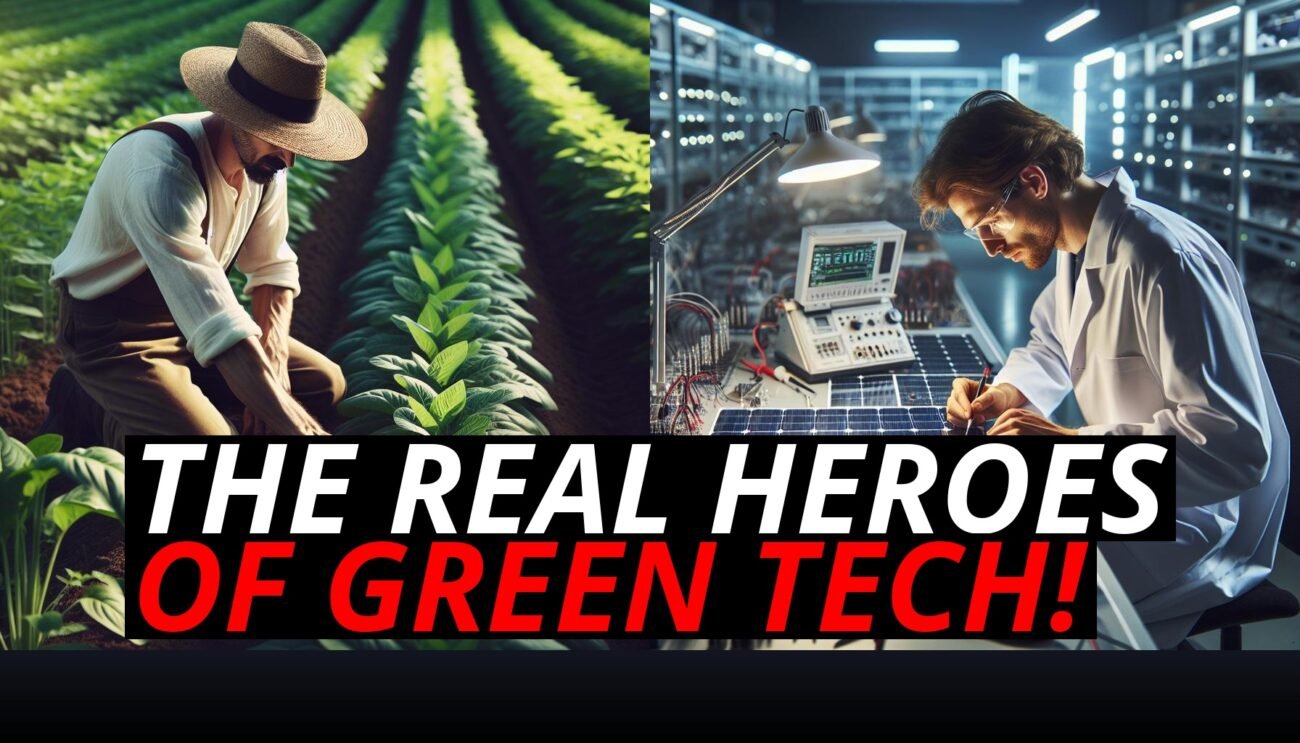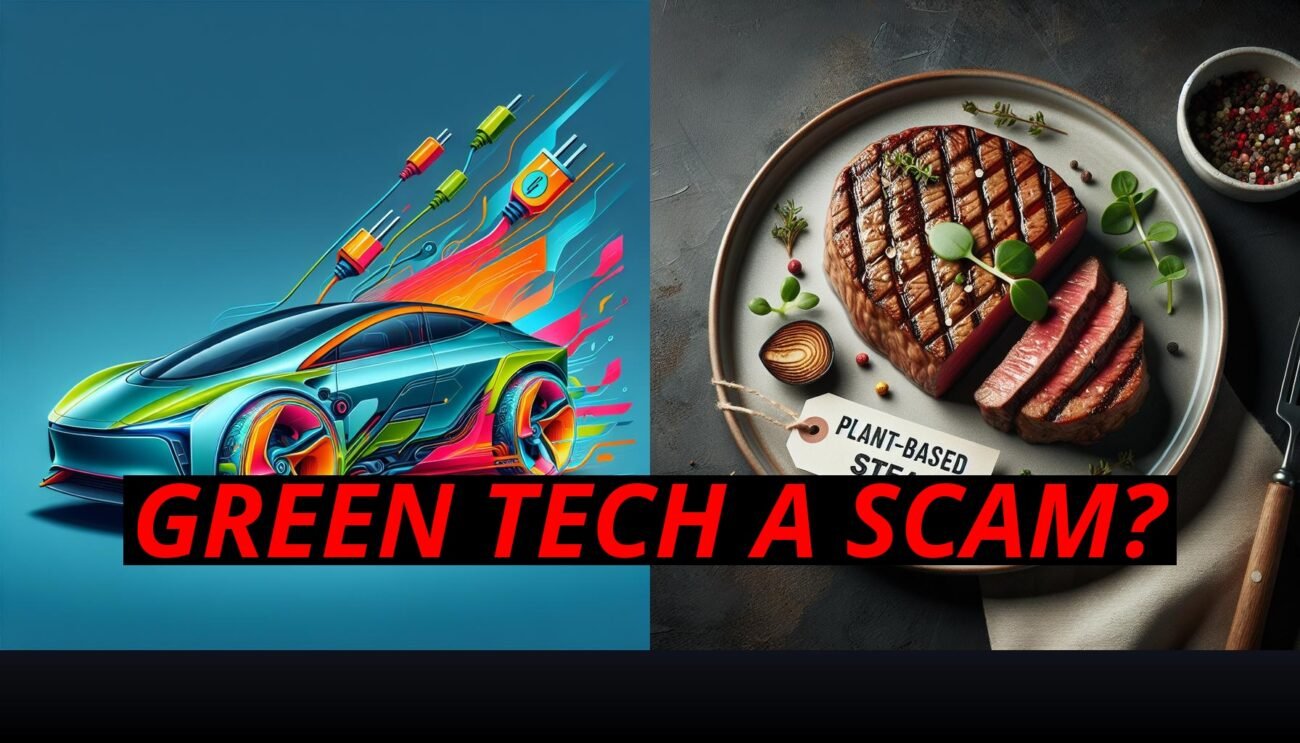The Next Big Questions For Sustainable Tech
From lab-grown meat to renewable energy and precision agriculture, the world is buzzing with innovations promising to lead us into a more sustainable future. But for all the excitement, there’s an undercurrent of questions: What challenges lie ahead? Will these technologies scale, and what will it take for them to capture market share? Let’s explore the future outlook of these advancements and the hurdles they need to overcome to achieve mainstream success.
The Market Potential Of Emerging Technologies
Sustainable innovations aren’t just about saving the planet—they’re also about reshaping industries and creating economic opportunities. The market potential for green tech is vast:
- Growing Demand: With increased awareness of climate change and a push for eco-friendly solutions, consumers and businesses are actively seeking sustainable alternatives.
- Government Support: Policies and subsidies are being designed to support renewable energy and sustainable practices, providing fertile ground for growth.
Despite these positives, turning potential into reality comes with significant market challenges.
Energy-Intensive Innovations: The Catch-22
Take lab-grown meat as an example. While it promises reduced land use and lower animal welfare concerns, its high energy demand poses a dilemma:
- Electricity Costs: Producing lab-grown meat requires climate-controlled environments and energy-intensive equipment. Without affordable renewable energy, this could undermine its environmental benefits.
- Grid Dependence: Even with renewable energy, the question remains whether there’s enough supply to support large-scale operations without affecting other sectors.
For lab-grown meat and other energy-reliant innovations, balancing sustainability with practicality is key.
Scalability: The Unseen Challenge
Many sustainable solutions work well on a small scale but face hurdles when trying to expand:
- Infrastructure Requirements: Vertical farming and hydroponics, while efficient, require significant upfront investment in specialized infrastructure and technology.
- Logistical Challenges: Scaling renewable energy sources like wind and solar involves not just the installation of panels and turbines but also updating power grids and storage systems.
For these solutions to make a real impact, investments need to be made in infrastructure and technology that support scalability.
Cost Vs. Consumer Willingness
A major hurdle for emerging sustainable technologies is the balance between production costs and consumer acceptance:
- Price Points: Lab-grown meat and plant-based alternatives often come with higher price tags compared to traditional products. For widespread adoption, prices need to drop to match consumer expectations.
- Perceived Value: Consumers need to see tangible benefits—whether it’s a better taste, health advantages, or a clear environmental impact—for them to switch from conventional products.
Breaking through this price barrier will require technological improvements and economies of scale that only time and investment can achieve.
Policy And Regulatory Challenges
Regulatory environments play a significant role in the success of new technologies:
- Approval Processes: Innovations like lab-grown meat need to pass rigorous safety and regulatory checks, which can be time-consuming and vary significantly by region.
- Standardization: Without consistent global standards, scaling technologies internationally becomes a complex task, involving different regulations and compliance requirements.
Government policies that streamline these processes and encourage investment will be crucial for sustainable tech to thrive.
Market Competition And Innovation
As new technologies enter the market, they’re met with fierce competition:
- Established Industries: Conventional farming, energy, and manufacturing sectors are deeply entrenched with long-established supply chains and practices.
- Emerging Competitors: Innovations often spawn competing technologies. For instance, plant-based proteins and lab-grown meat are vying for the same market space, potentially splitting consumer interest.
To succeed, new technologies need to differentiate themselves clearly, either through superior sustainability benefits or unique consumer advantages.
The Role Of Public Perception
Public perception can make or break new sustainable practices:
- Awareness and Education: For technologies like indoor farming or lab-grown meat, educating consumers on the environmental benefits and safety is essential.
- Overcoming Skepticism: Novel technologies can sometimes be met with skepticism or resistance. Addressing concerns openly, whether about energy use or potential health impacts, can help build trust and acceptance.
Clear, transparent communication from innovators and companies can shift public opinion in favor of these advancements.
Potential Solutions And The Path Forward
So, what can be done to overcome these challenges? Here are a few strategies that could pave the way for success:
- Investment in Renewable Energy: Ensuring that innovations, especially those reliant on electricity, are powered by renewables can align their benefits with environmental goals.
- Subsidies and Incentives: Governments can help by offering subsidies that make sustainable options more competitive with traditional products.
- Public-Private Partnerships: Collaborations between businesses, governments, and research institutions can share the burden of cost and help scale technologies faster.
Final Thoughts: The Journey Continues
The path to widespread adoption of sustainable technologies is lined with opportunities and obstacles. While innovations like lab-grown meat and indoor farming are promising, they come with their own sets of challenges—from energy use and cost to scalability and consumer acceptance.
Navigating these market challenges requires a blend of innovation, collaboration, and adaptation. By focusing on solutions that tackle these barriers head-on, the future of sustainable tech doesn’t just look possible—it looks promising.


